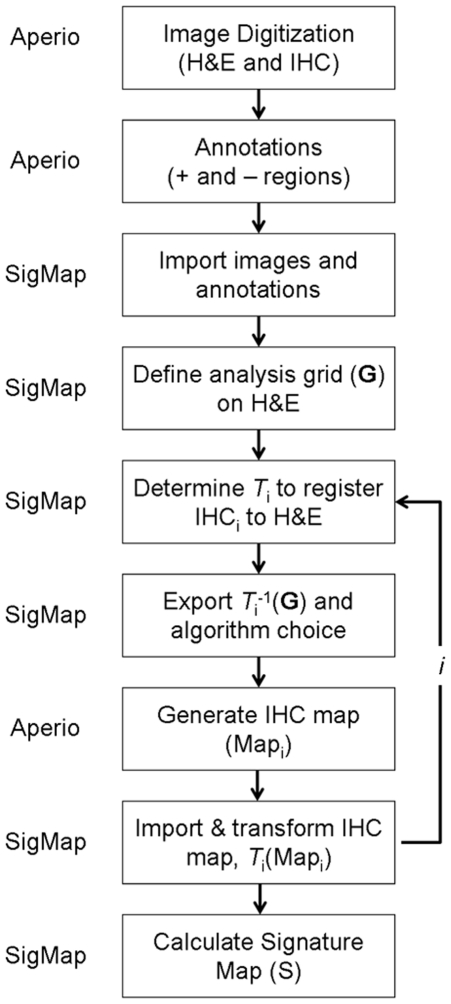Figure 1. The workflow for generating signature maps.
The steps to generate a signature map take place on the host computer running the interface software (labeled as SigMap) and on Aperio's ImageServer (labeled as Aperio). The location at which each step is performed is defined to the left of each step. After digitizing both the reference H&E and IHC data on the Aperio system, the data are downloaded to SigMap. This data may include pathologist annotations (i.e. capsule and graded areas of cancer in the case of the prostate). A user defined grid (G) is then defined in SigMap on the coordinate space of the reference (H&E) data. The inverse of the transformation (T i −1) required to register each IHC image (IHCi) to the H&E is used to match G to the full resolution IHCi data as it exists on Aperio's ImageServer. The transformed grid, T i −1 (G), defines regions from which IHC values are determined (using the pre-selected algorithm) and combined to form IHC maps. The transformation of the IHC maps after downloading to SigMap, T i(Mapi), places each in the coordinate space of the reference image allowing them to be combined into a signature map (S) using Equation 1.

